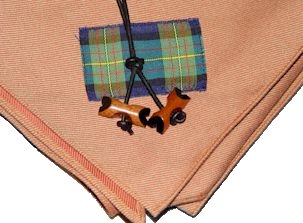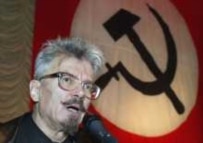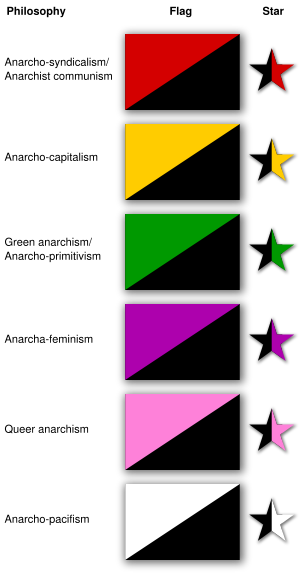A short biography of the iconic figure of Maria Silva Cruz, "La Libertaria," heroine of the Casas Viejas uprising, murdered by the Francoists.
Maria was born into a family of day labourers and charcoal burners in the impoverished village of Casas Viejas in Andalucia on 20 April 1915.
Her father Juan Silva Gonzalez and her uncle Jeronimo were in the CNT. Her grandmother read anarchist novels out loud to her as a young girl.
.jpg)
Antonio Cabanas Salvador - Gallinito – was a member of the Libertarian Youth in Casas Viejas. He was 27 in 1932, raised partly in Cadiz where he had come in contact with the anarchist movement. He taught the ideas of anarchism to a group of ten young women in Casas Viejas in 1932. He went out with Maria. She earned her nickname La Libertaria because of her red and black neckerchief. This shocked the Guardia Civil sergeant in the village who ordered her to take it off. She refused, upon which he tore it off. This did not intimidate the young women, which included her sister Catalina, her first cousin Catalina and her close friend Manolita Lago. By the end of the year they had organised a group called Amor y Armonia (Love and Harmony).

There was massive public outrage over how the authorities had brutally crushed a rebellion of poorly armed peasants and had then shot many in cold blood. Maria was released with other anarchist prisoners.
Her mother went to Cadiz and Maria went with her. The anarchist militant Miguel Perez Cordon began to court her and after 2 months they went to Madrid to live in free union (Miguel edited the magazine CNT there). They had a son in early May 1935. Later they both returned to Andalusia. In July 1936, the couple was living in Ronda. When the fascists occupied the area Cordon took refuge in the mountains. Maria stayed at home with her son, who was a few months old. The Guardia Civil arrested her, snatching her son violently from her arms. She was shot at dawn on 23 August 1936 with two others
Miguel Perez Cordon was shot by the Francoists on the last day of the Civil War at Cartagena on 5th March 1939. Gallinito fell fighting in an anarchist militia column.
The son of Maria and Miguel is fighting for her remains to be exhumed and recognized.







































.jpg)
